#anatomy resources
Text
Art Resource Recommendation
One of my all-time favourite art resources that I often come back to when I'm stuck on something and would recommend to most* regardless of skill level is Anatomy for the Artist by Sarah Simblet (Link leads to publisher's website).
*It's a really useful resource, but be warned it is not for the young and/or squeamish; From memory was ok with most of the contents it when I bought it at 18-19ish? But please use your discretion and judgement as some parts may be distressing. It contains nude photography, studies and descriptions of all parts of human anatomy (not that unexpected for the subject, but worth mentioning). It also has some pretty elaborate diagrams and mentions of historical dissections, anatomical studies and death (mostly in the first chapter). Some included Illustrations like the ones by Jacques Fabien Gautier d'Agoty in particular can be pretty unsettling, and include anatomical studies of infants, pregnancy and birth. With that warning out of the way, here's why It's so useful:
It bridges the gap between scientific, historical and artistic understanding of the human body, and presents it in an orderly and informative way that's easy to flip through. This is as huge blind spot I had/have as a self taught artist (as I assume is the case for many) and even if you're using other references or drawing from life or photos, it really helps to make sense of what you're actually observing and end up with a better result.
The book goes into detail of muscle and skeletal structure (as well as fat distribution in parts, but not as much detail there), and is supplemented by photographic references (that double as good lighting studies) and some nifty transparent overlay diagrams with notes. It has sections devoted to the body as a whole and breaks down various parts into different chapters with greater detail. There are also a few 'Masterclass' segments throughout, where the author provides analysis of several historical works focusing on anatomy and posture to a level of detail I haven't seen elsewhere.
I admit I still haven't read the whole book from end to end (I think I've read most chapters at least?), but I've had it nearly 10 years and frequently refer back to it when I'm stuck on something. Even if the book doesn't have a pose relevant to what I'm working on, I can find and look up "brachioradialis" or whatever and find heaps of medical and photo references online that give me a better understanding of what I need to know.
It was pretty pricey at the time (50-60AUD) honestly it's one of my favourite art book purchases and definitely worth getting a physical copy for.
#art resources#artist resources#anatomy resources#Tw gore#tw nudity#tw pregnancy#tw death#tw infant death#anatomy#let me know if I missed some tags#it's a fantastic book but even I'm squeamish of the first chapter#long post
3 notes
·
View notes
Text
I made an art/anatomy tutorial about birds! I hope people will find it helpful!
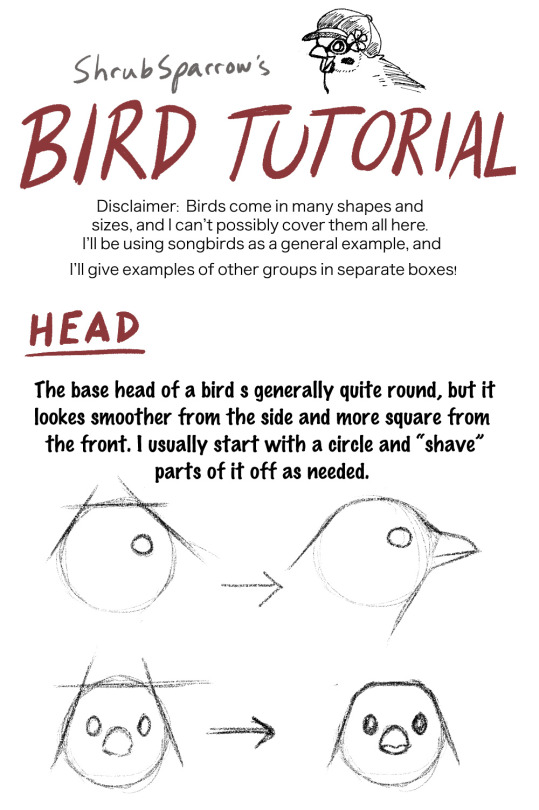

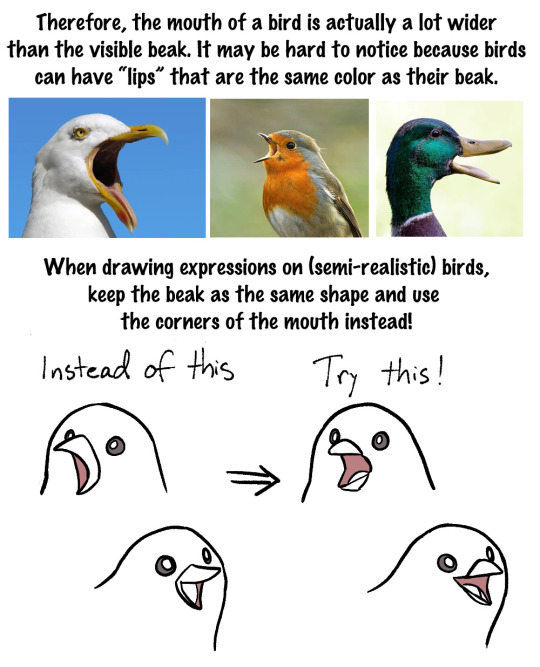
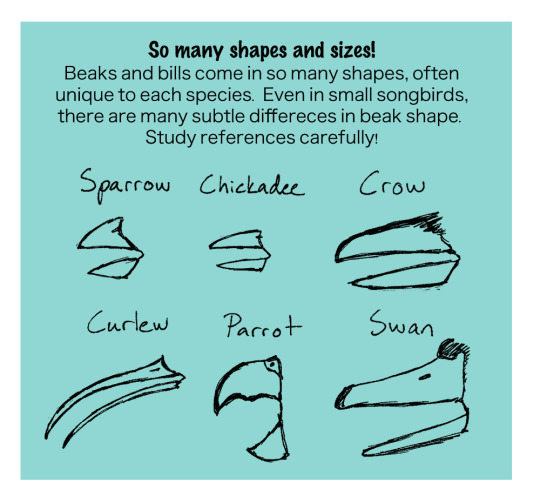

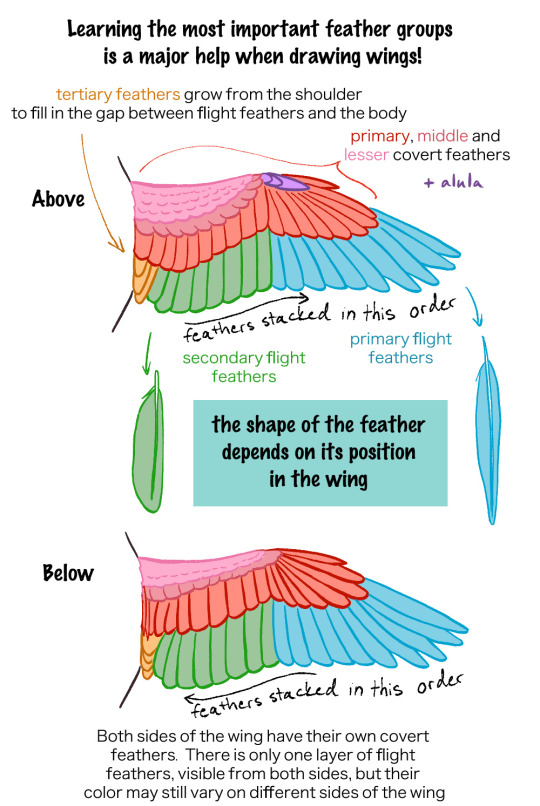
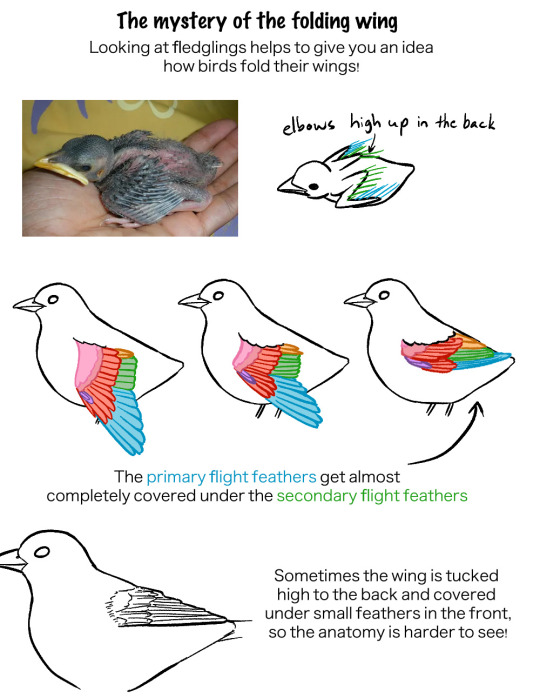
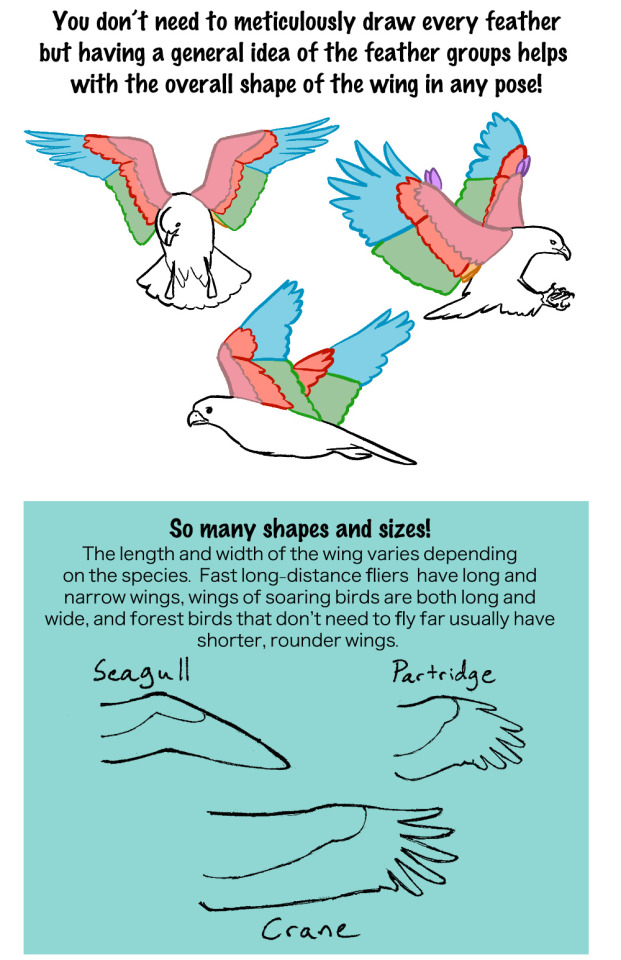
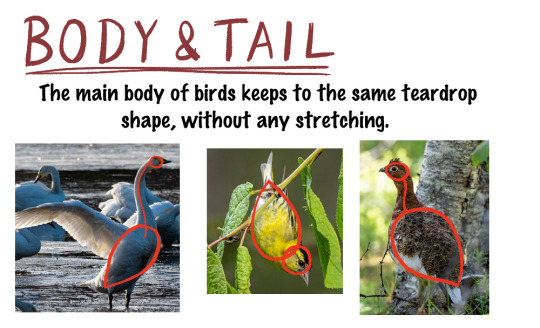
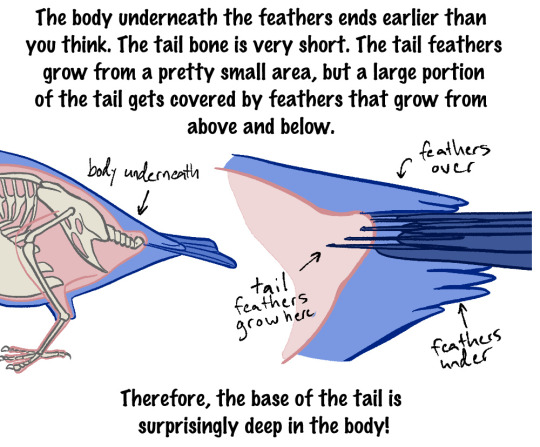
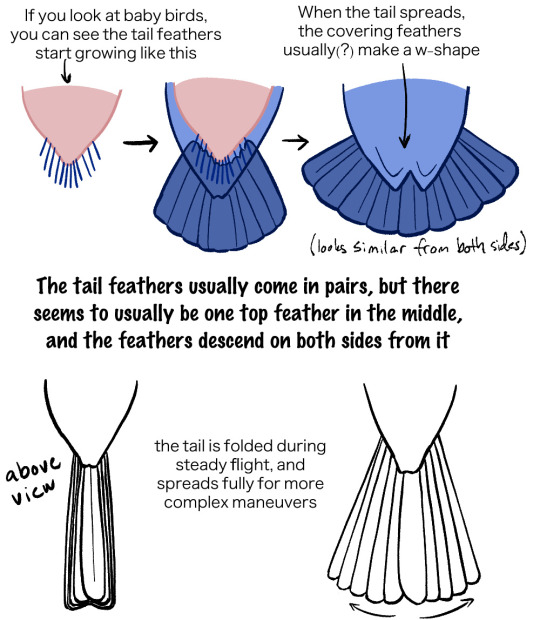
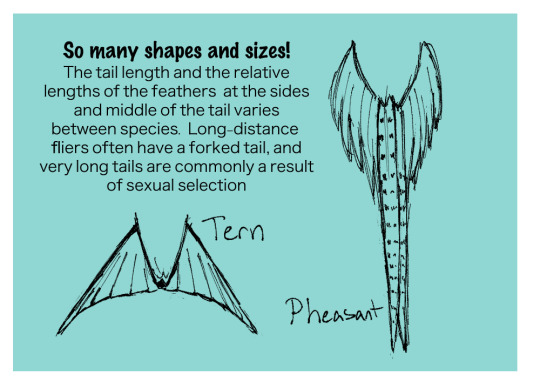

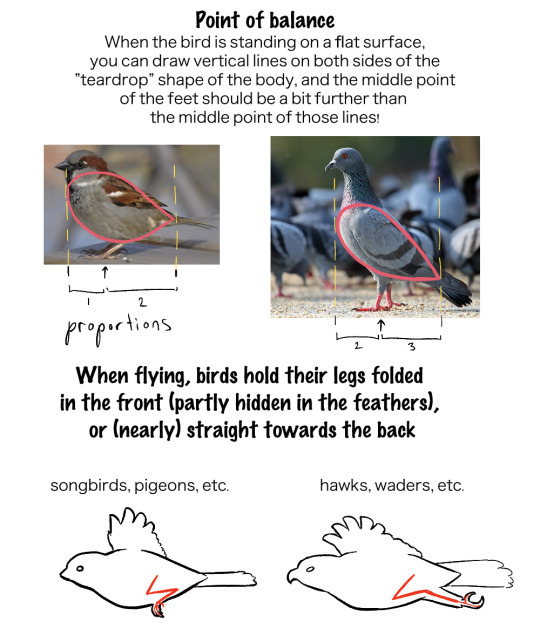
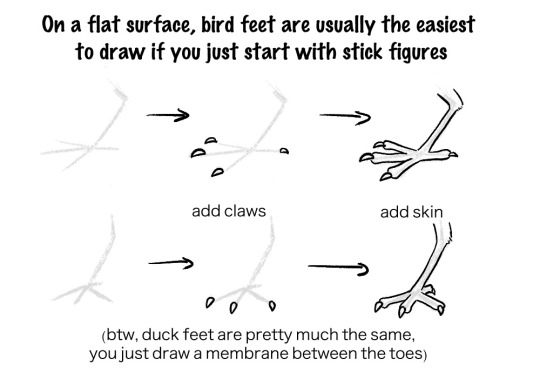
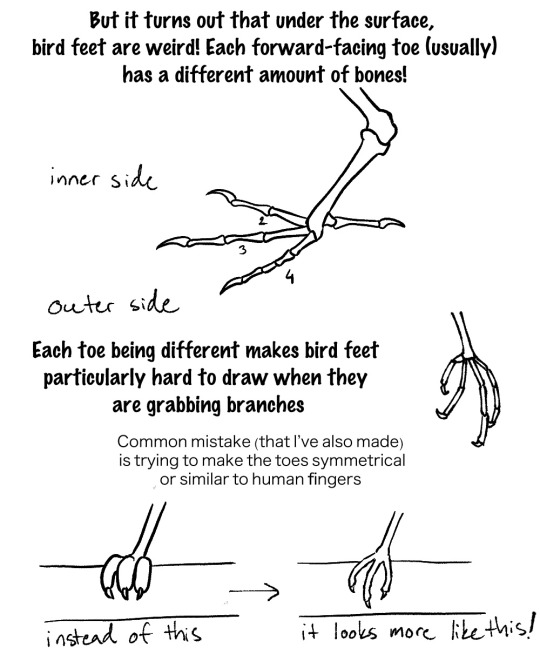
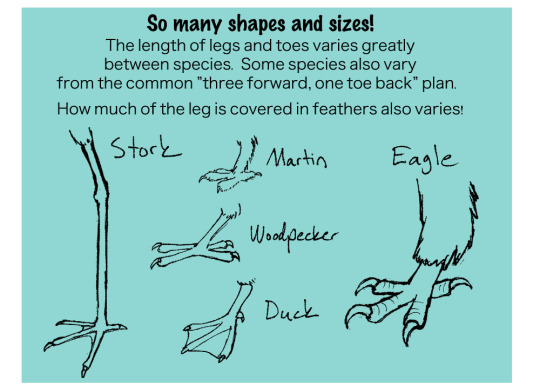
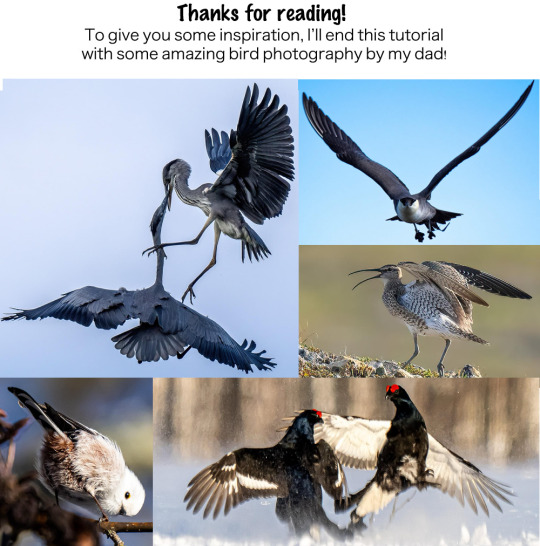
25K notes
·
View notes
Text
for all the artists out there, here are my favorite resources i use to learn!
Files
The Complete Famous Artist Course
Art Books and Resources
Art, Anatomy, and Color Books
PDF Files of Art Books
Internet Archive
YouTube
My YouTube Playlist of Tutorials
How to Draw Facial Features
Drawing and Art Advice
Drawing Lessons
Art Fundamentals
Anatomy of the Human Body
2D Animation
Perspective Drawing
Acland's Atlas ( GRAPHIC but very good for understanding anatomy! )
Websites
Pinterest Board for Poses
Another Pinterest Board for Poses
Pinterest Boards for References
Reference Angle
Figurosity
Sketch Daily
Line of Action
Human Anatomy
Animal Photo References
Humanae - Angélica Dass
Fine Art - Jimmy Nelson
Character Design References
CDR's Twitter Account
iamagco's Twitter Account
taco1704's Twitter Account
takuya_kakikata's Twitter Account
EtheringtonBro's Twitter Account
Drawabox
Color Wheel
Color Palette Cinema
Free Images and Pictures
Free Stock Photos
FILMGRAB
Screen Musings
William Nguyen Light Reference Tool
Animation References - sakugabooru
Animation References - Bodies in Motion
#art#art resources#art books#anatomy#composition#painting#art tips#art help#art tutorial#perspective#color theory#art reference
16K notes
·
View notes
Text
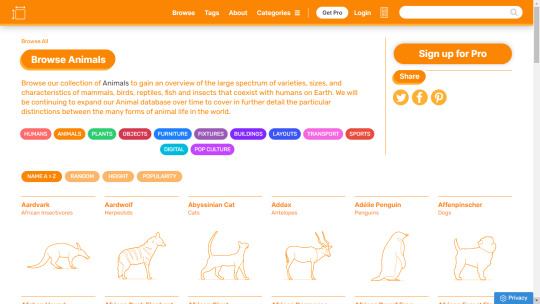


I've found this nifty reference website for artists called www.dimensions.com that has a database of exact measurements for various objects, plants, and animals
They have a premium version with 3D models that I haven't tried yet, but it's definitely very informative if you're trying to get the anatomy and proportions for different species of animals right!
3K notes
·
View notes
Text
RESOURCES FOR POSES
Line of Action

JustSketch.Me

PoseManiacs

Human-Anatomy-For-Artist.com

MagicPoser
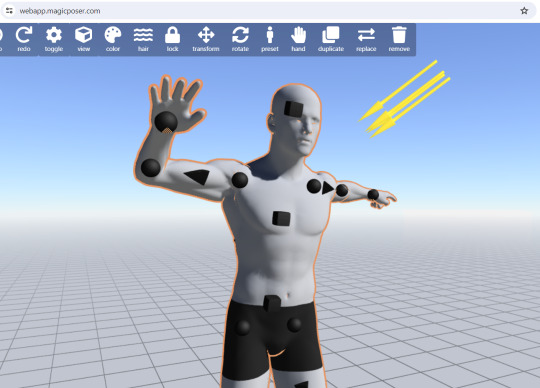
MIXAMO

Pose Archives

Bodies in Motion
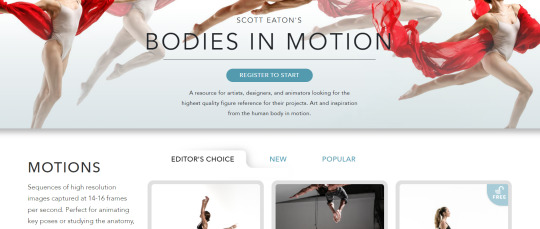
Posemy.art
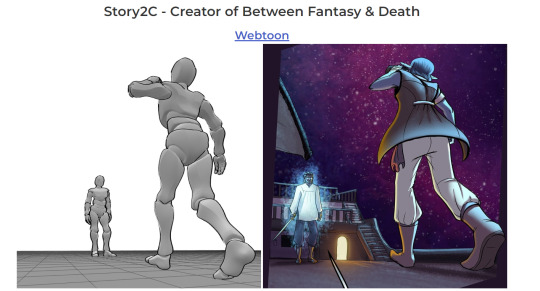
ReferenceAngle
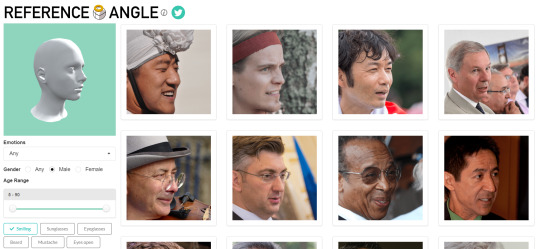
CroquisCafe

#reference#tutorial#art reference#anatomy#art#poses#artist#art resources#resources#web#pages#help#guide#action#line#figure#body#muscles#human#animal#animation#photography#3d model#angles#views#expressions#faces#emotion
5K notes
·
View notes
Text
Let’s Draw Wings
I’ve gotten the question/request of how I draw wings lots and lots so I’ve decided to make a dedicated post!
Now...I’m no master, but I have found a way that I like to draw wings that’s efficient for me. There three main points:
References
Simplification
Texture Management
First of all - References
My favorite wing reference of all time is this post by Jenn on Twitter. I have both the images saved but I use the Wing Shapes one, below, alllllll the time. Like for real all the time!

I also keep pretty extensive collections of wing photo reference. When I’m having trouble, I’ll trace a few or do studies to get back into the swing of things. Here are links to my Pinterest boards:
Broadwing Reference (passive soaring and high-speed)
Longwing Reference (active soaring)
Shortwing Reference (elliptical and hovering)
Secondly - Simplification
When I sketch wings, I simplify Jenn’s diagram even further -

For me, the key to drawing wings is simplifying the wing down - from the structure to the feathers - the goal for me is to be able to draw them quickly and have the proper information conveyed. It needs to look like a wing in the base sketch. If it doesn’t, no amount of rendering and extra feathers will help. I like to break the wing into the three main moving parts. The orange is one part, then the purple contains two main chunks feathers that you can group together and move as their own parts.
On top of that, I like to think of wings like a sheet of paper. They can bend and fold in on themselves, with the orange meaty bits anchoring everything together.
Lastly - Texture
I like to call wings “texture monsters”. Feathers are hard to manage and can easily make wings look over-busy and muddy. Just like before, I break the wing into chunks so I can spend less time drawing the wing and it’s feathers:
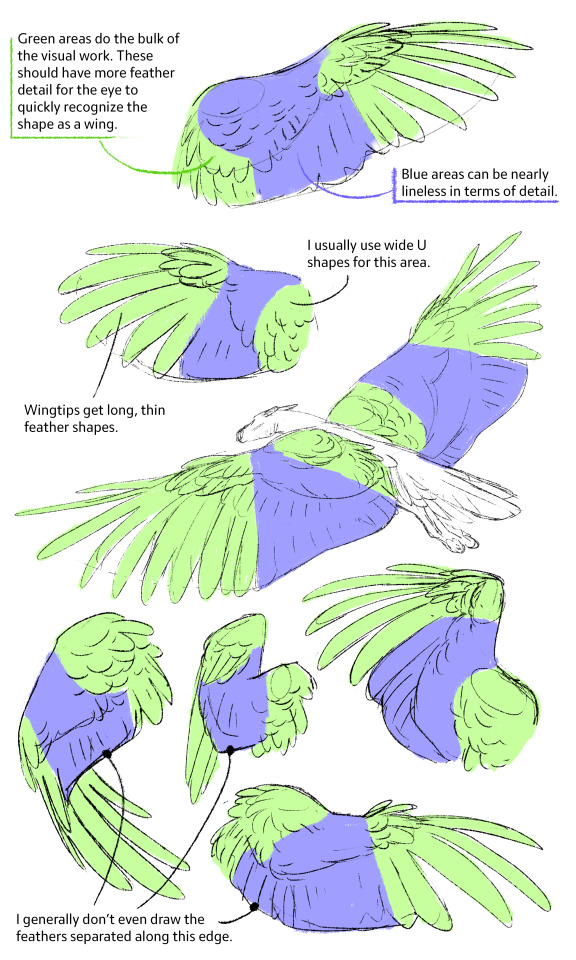
Then you can put it all together and push things further -
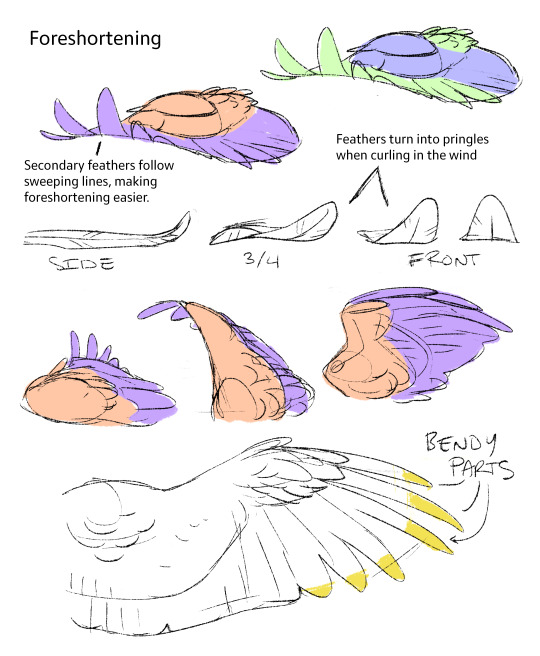
So yeah this is how I throw wings together! The wings I draw aren’t super technical or detailed, but I what matters for me is that they look and feel like believable wings at a glance -
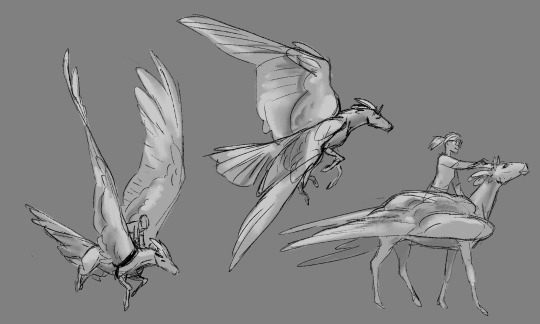

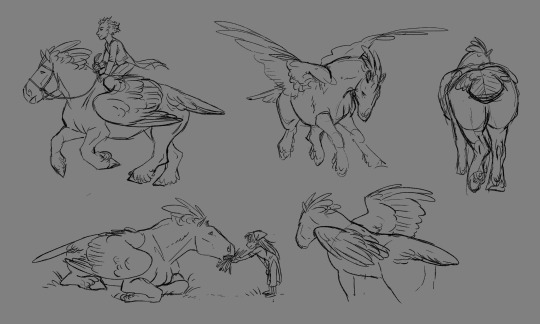
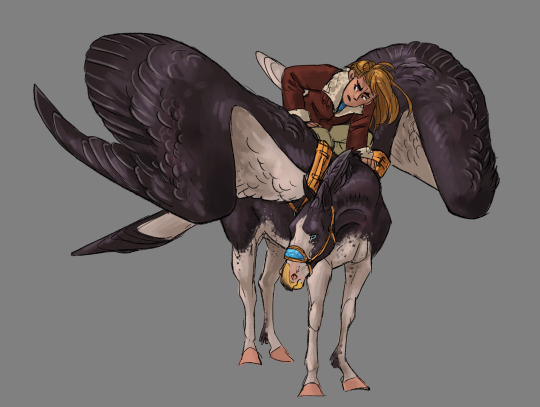
~ Larn
--
Discord | Patreon | Art Prints
9K notes
·
View notes
Text
Fantasy Guide to A Great House (19th-20th Century) - Anatomy of the House
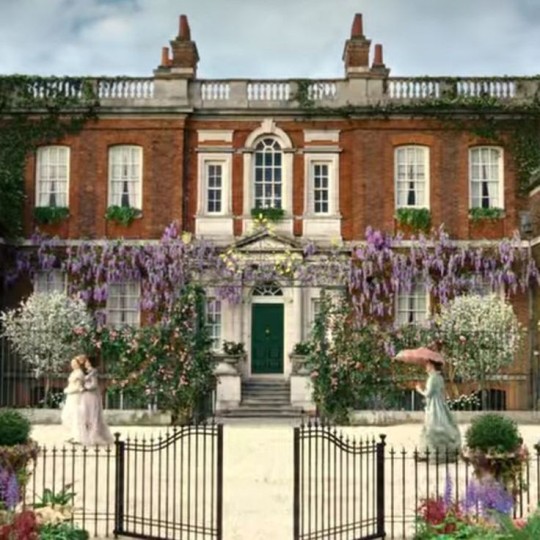
When we think of the Victorians, the grand old Gilded Age or the Edwardians, we all think of those big mansions and manors where some of our favourite stories take place. But what did a great house look like?
Layout

All great houses are different and some, being built in different eras, may adhere to different styles. But the layout of certain rooms usually stayed somewhat the same.
The highest floors including the attic were reserved the children's rooms/nursery and the servants quarters.
The next floor would be reserved for bedrooms. On the first/ground floor, there will be the dining room, drawing room, library etc.
The basement/cellar would be where the kitchens and other food related rooms would be. Servants halls and boot rooms may also be down here too along scullery, where sometimes a maid would clean.
Rooms used by Servants
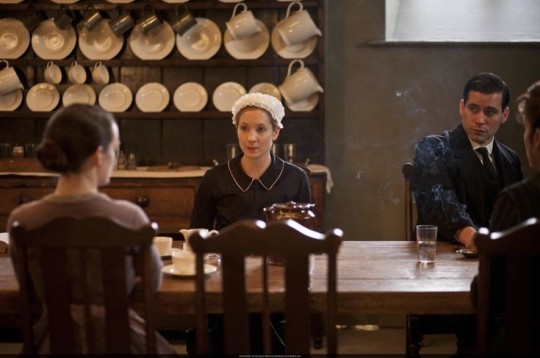
Boot Room: The Boot Room is where the valets, ladies maids, hallboys and sometimes footmen clean off shoes and certain items of clothing.
Kitchen: The Kitchen was usually either in the basement or the first floor of the house, connected to a garden where the house's vegetables were grown.
Butler's Pantry: A butler's pantry was where the serving items are stored. This is where the silver is cleaned, stored and counted. The butler would keep the wine log and other account books here. The butler and footmen would use this room.
Pantry: The Pantry would be connected to the kitchen. It is a room where the kitchens stock (food and beverages) would be kept.
Larder: The larder was cool area in the kitchen or a room connected to it where food is stored. Raw meat was often left here before cooking but pastry, milk, cooked meat, bread and butter can also be stored here.
Servants Hall: The Servant's Hall was where the staff ate their meals and spent their down time. They would write letters, take tea, sew and darn clothes. The servants Hall would usually have a fireplace, a large table for meals, be where the servant's cutlery and plates would be kept and where the bell board hung. (these bells were the way servants where summoned)
Wine Cellar: The wine cellar was where the wine was melt, usually in the basement. Only the butler would be permitted down there and everything would be catalogued by him too.
Butler's/Housekeeper's sitting rooms: In some houses, both the butler and the housekeeper had sitting rooms/offices downstairs. This was were they held meetings with staff, took their tea and dealt with accounts.
Scullery: The scullery was were the cleaning equipment was cleaned and stored. The scullery may even also double as a bedroom for the scullery maid.
Servery: The Servery connected to the dinning room. It was where the wine was left before the butler carried it out to be served. Some of the food would be delivered here to be carried out as well.
Servant's Sleeping Quarters: All servants excepting perhaps the kitchen maid and outside staff slept in the attics. Men and unmarried women would be kept at seperate sides of the house with the interconnecting doors locked and bolted every night by the butler and housekeeper. If the quarters were small, some servants may have to share rooms. Servants' bathrooms and washrooms would also be up there, supplied with hot water from the kitchens.
Rooms used by the Family
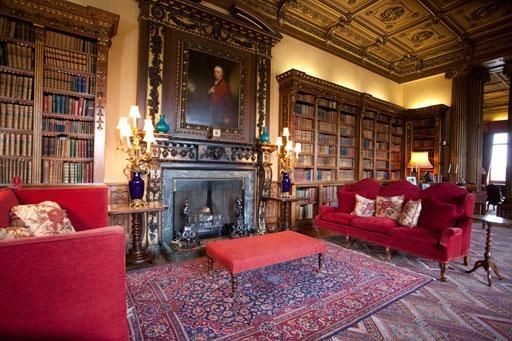
Dining room: The dining room was where the family ate their breakfast, lunch and dinner. It was also where the gentlemen took their after dinner drink before joking the ladies in the drawing room.
Drawing room: The Drawing Room was sort of a living/sitting room. It was mainly used in the evenings after dinner where the ladies would take their tea and coffee before being joined by the men. It could also be used for tea by the ladies during the day. The drawing room was seen as more of a women's room but any of the family could use it. The drawing room was a formal room but could also be used for more casual activities.
Library: The library is of course where the books are kept. The family would use this room for writing letters, reading, doing business with tenants and taking tea in the afternoons.
Bedrooms: The bedrooms would take up most of the upper floors. The unmarried women would sleep in one wing with bachelors at the furthest wing away. Married couples often had adjoining rooms with their own bedrooms in each and equipped with a boudoir or a sitting room.
Nursery: Was where the children slept, usually all together until old enough to move into bedrooms. They would be attended to be nannies and nursemaids round the clock.
Study: The study was a sort of home office where family could do paperwork, chill and write letters.
Dressing room: Dressing Rooms where usually attached to bedrooms where the family would be dressed and their clothes would be stored. The valets and ladies maids would have control of the room.
Hall: The hall was where large parties would gather for dancing or music or to be greeted before parties.
Furnishings and Decor

Most of these Great Houses were inherited which means, they came with a lot of other people's crap. Ornaments from anniversaries, paintings bought on holiday, furniture picked out by newly weds, all of it comes with the house. So most of the time everything seems rather cluttered.
As for Servant's Quarters, most of the furnishings may have been donated by the family as gifts. Most servants' halls would have a portrait of the sovereign or sometimes a religious figure to install a sense of morality into them.
#Fantasy Guide to A Great House#19th-20th Century#Anatomy of a great house#writeblr#writing reference#writing advice#writers on tumblr#writing advice writing reference#writing advice writing resources#writing resources writing advice#writing reference writing advice#Writing reference writing resources#Fantasy Guide#nobility#Servants#writing help
2K notes
·
View notes
Text

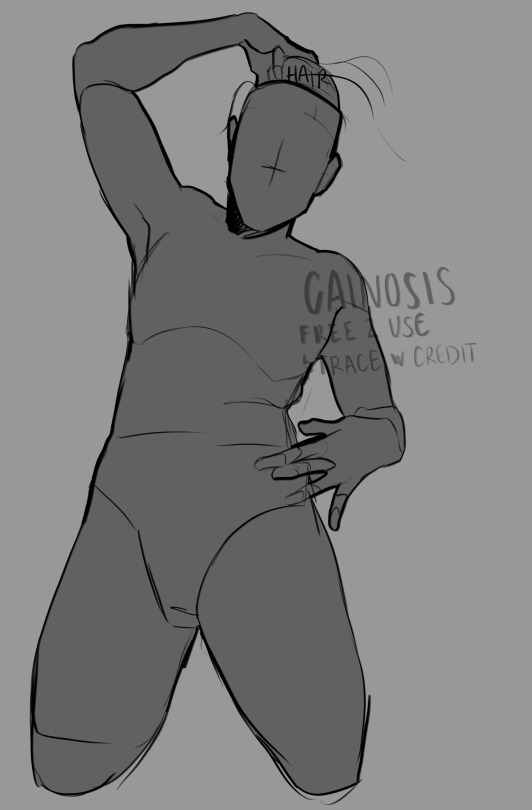

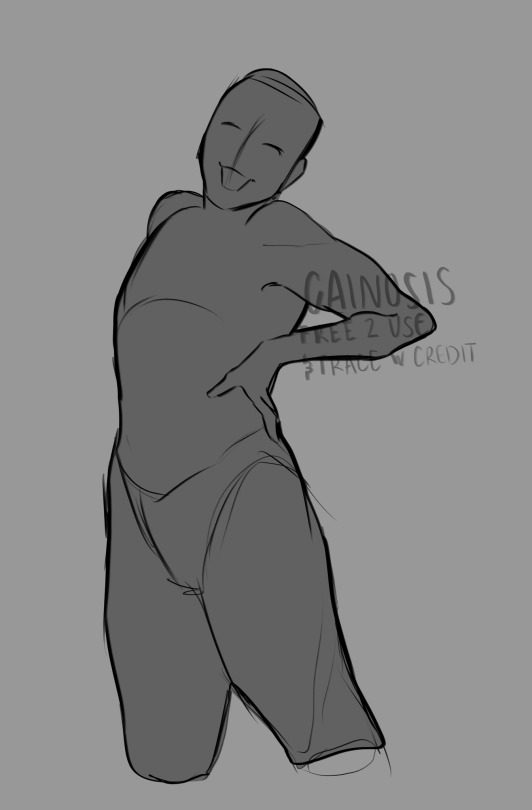





forgot i exist here also here r more poses
#draw your oc meme#artists on tumblr#digital art#art reference#art pose reference#art poses#draw your babygirl in this#draw your characters#pose reference#art help#anatomy#anatomy reference#art resources
1K notes
·
View notes
Text
More 4K Head Turns
Model: Me.
Video/Camera Work: Me.
As always Patrons get HD/4K downloads.
If you want to help support me and get awesome stuff like early access/polls & pose requests Become A Patron or you can check out my Ko-Fi store for exclusive stock!
Read My Rules Before You Use My Stock.
#Creative Commons#CreativeCommons#Creative Commons Stock#CreativeCommonsStock#Stock Reference#Drawing Resource#anatomy#anatomy reference#Free StockVideo#Stock Video#Stock Videos#Reference Video#Reference Videos#Head#Face#Expressions#Expression#Anatomy
345 notes
·
View notes
Text
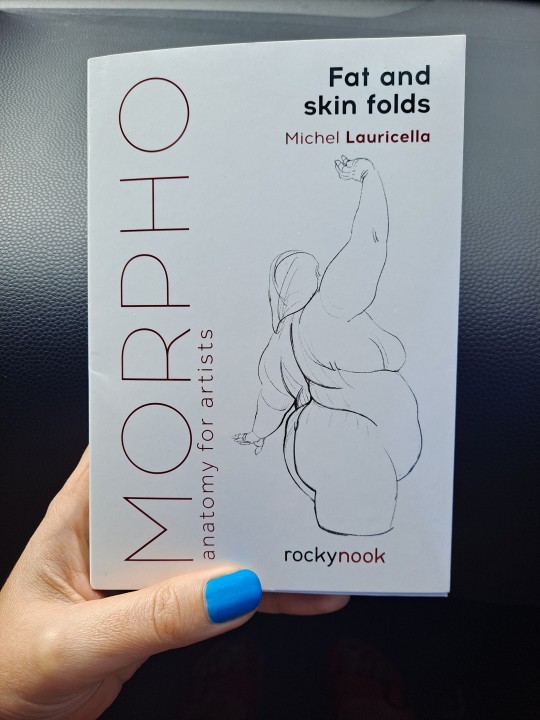

I recommend this book to anyone else who wants to learn more about drawing fat folds, both for adult and infant bodies. 🤙🏼
It's not for beginners artists, but aimed at intermediate to advanced artists who already have a grasp of basic anatomy/life drawing
1K notes
·
View notes
Text
Computer, how do I get good at drawing anatomy? quickest route, no practice.
Puter? Do you hear me???????
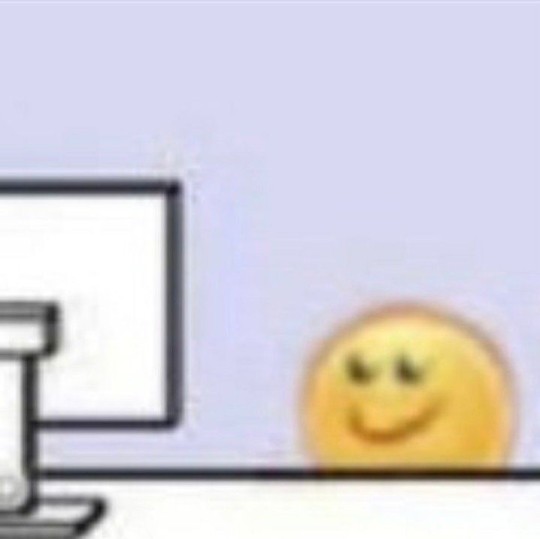
#art#digital art#artists on tumblr#digital artist#fan artist#anatomy#art tutorial#art tips#art reference#art resources#art block#lego batman#plz#what is the secret 😭#newt shut up challenge
299 notes
·
View notes
Text

oh! that's gore of my comfort character 😳
#oswald cobblepot#gotham#curryart#gore#ask to tag#forgive the anatomy. resources were. dubious#bones
78 notes
·
View notes
Note
I really really love your art! Drawing is something that I never really tried to commit to until a few months ago, so im just starting, it was pretty frustrating but then your account popped off on my Tik tok and I fell in love with you artstyle so much!!! It was you that made me want to keep practicing since your artstyle was so beautiful ^^
If you don't mind me asking tho, how did you learn how to draw eyes? (or facial features as a whole), it's been the part that I've been struggling the most aside from coloring and I really love hoy you draw it
hi anon!! thanks so much for your lovely words. I just want to say upfront that I'm not a teacher (I'm really actually just horrible at teaching art basics because by now it's sort of just muscle memory?? and i no longer remember completely how I learned the finer details) but i really tried my best to throw as much as I could into this diagram. I hope it helps!!
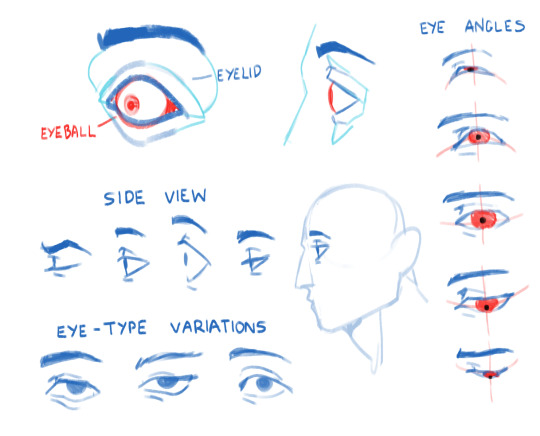
(and if it doesn't, have a look at this tutorial my best friend made. they're so much better at this than me.)
#aaaaaaaAAAAA#im so bad at this#y'all pls dont take this as an opportunity to ask me to teach other parts of the body#im really REALLY bad at teaching asdklfjka and my anatomy isnt solid as well#youd be better off looking at more official resources i think :)#askbox#anon
500 notes
·
View notes
Text
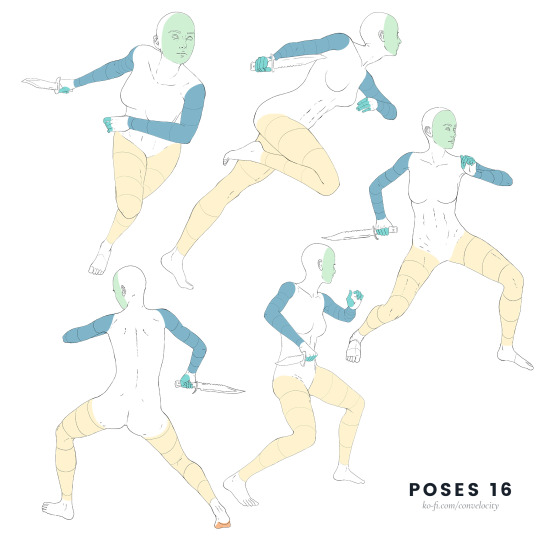

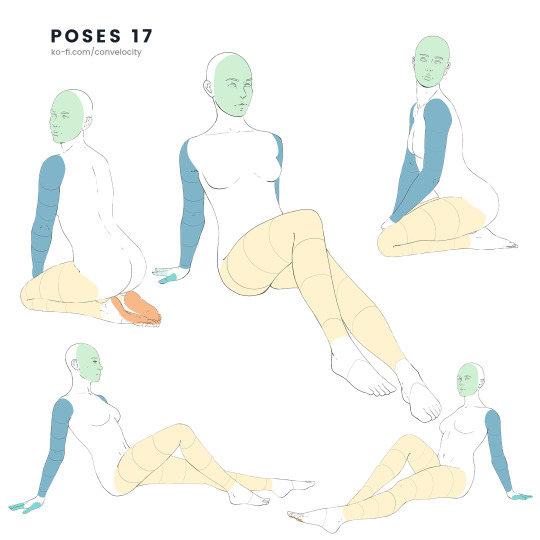

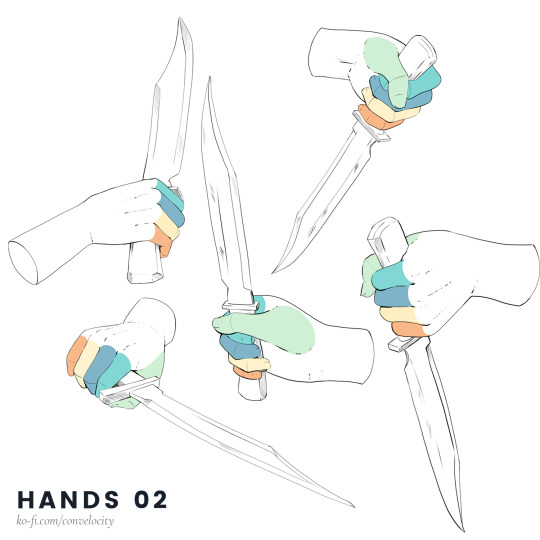

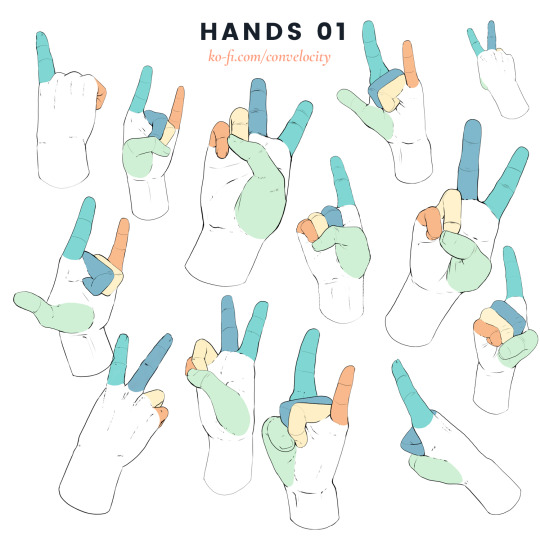
In case you didn't know, I offer a bunch of art resources for absolutely free on my ko-fi.
#artists on tumblr#drawing#art help#art resources#art reference#pose reference#anatomy reference#illustration#anatomy#resources
138 notes
·
View notes
Text

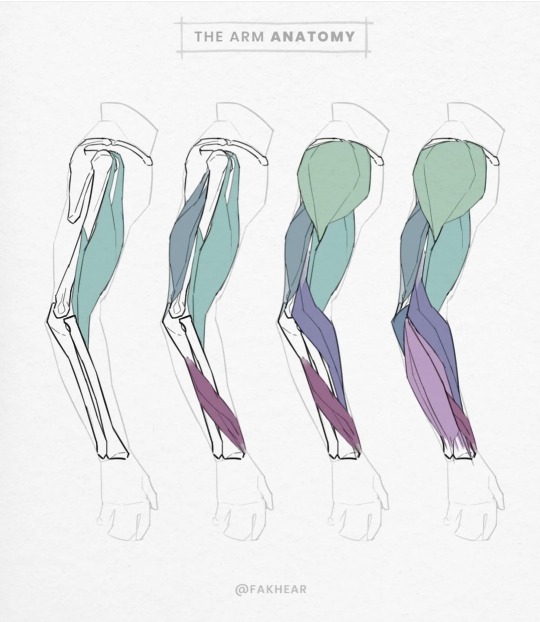


Arm Anatomy Studies by Fakhear
Support the artist and check out their Etsy storefront!
11K notes
·
View notes
Text



79 notes
·
View notes